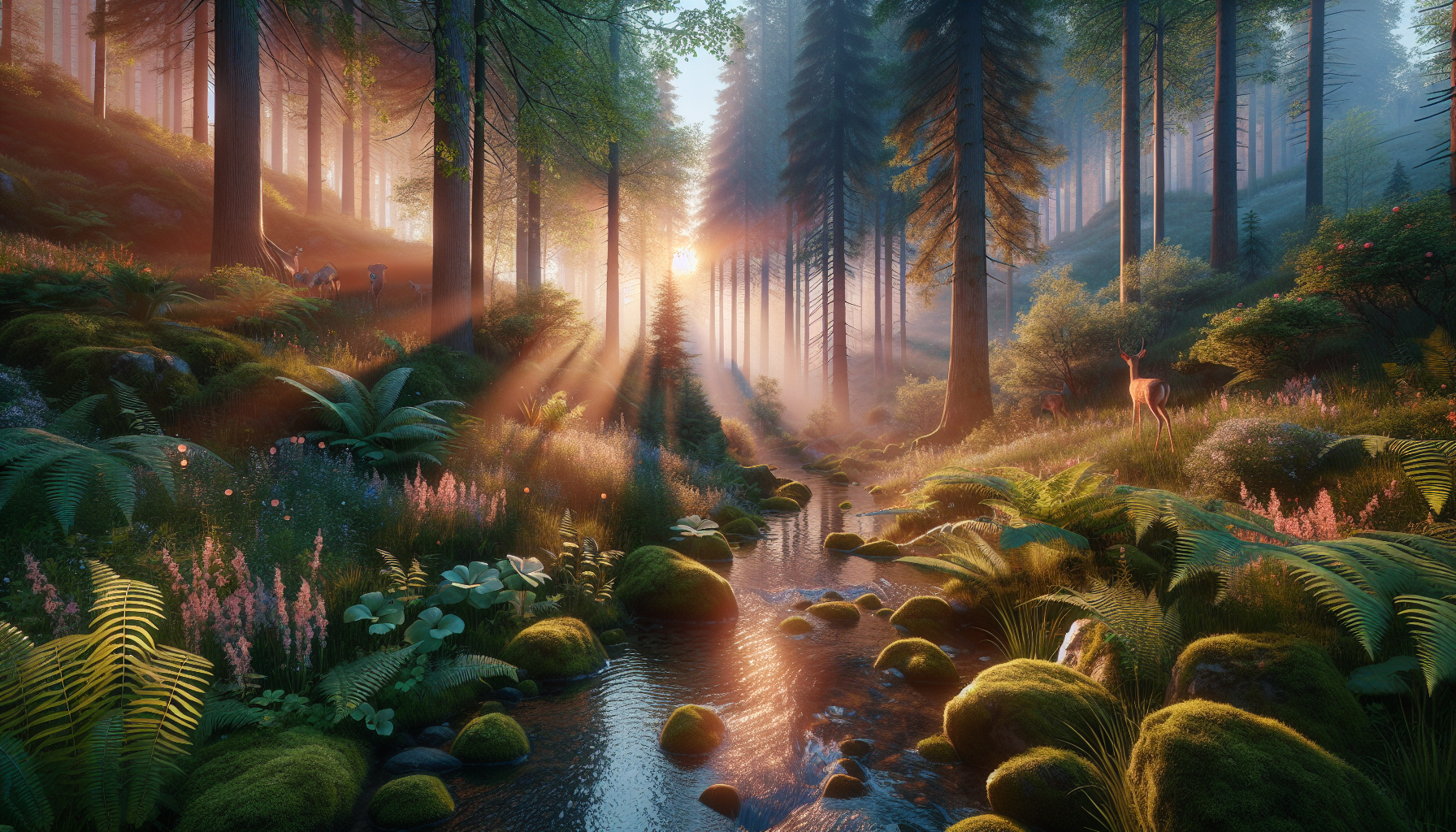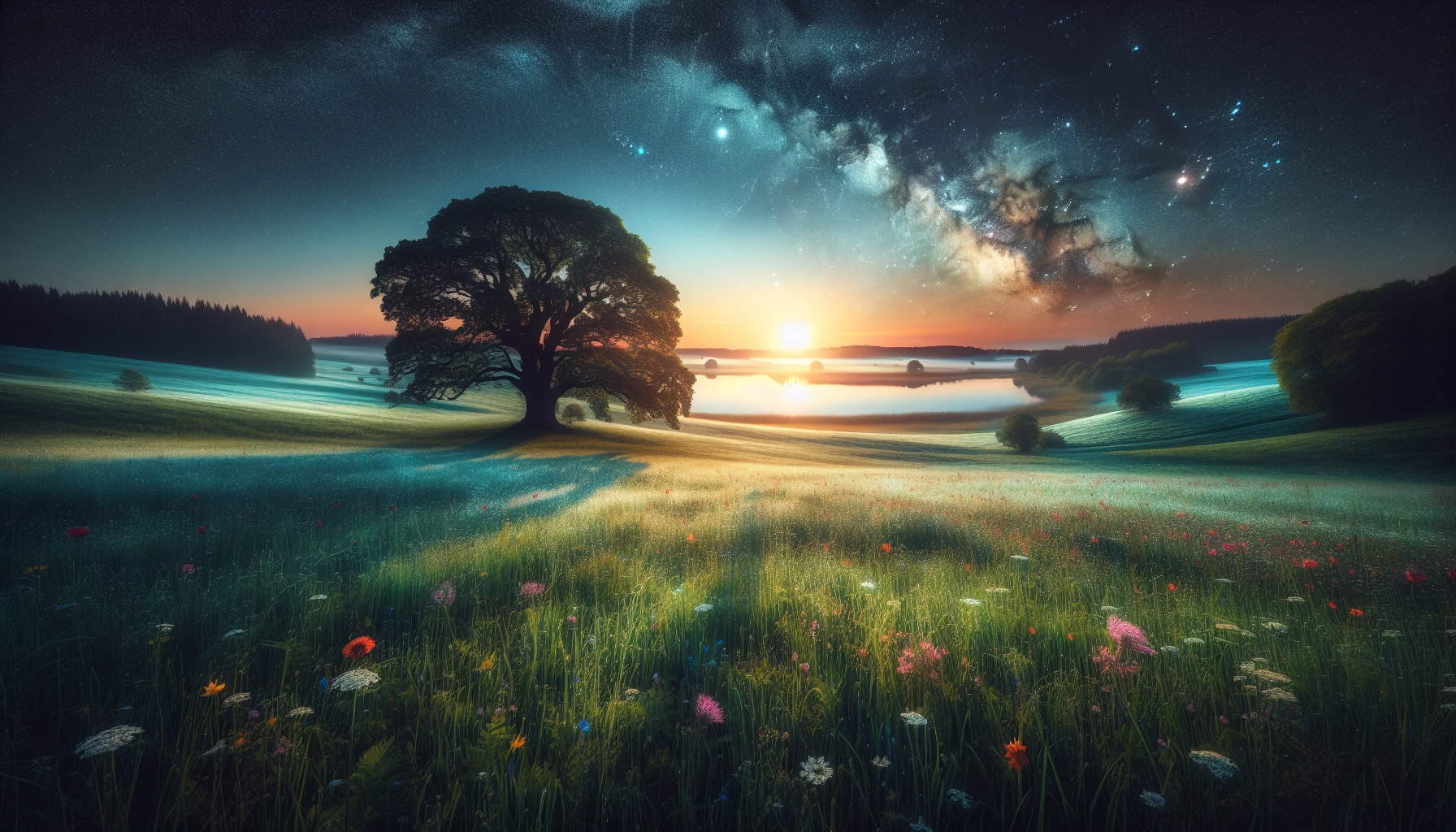
 Indie artists have long been the unsung heroes shaping the contours of mainstream music, pushing boundaries and redefining genres with their authentic and innovative soundscapes. While mainstream music often adheres to proven formulas aimed at widespread appeal, indie artists venture into uncharted territories, bringing fresh perspectives and experimental vibes that gently nudge mainstream music towards more diverse and eclectic trends.
Indie artists have long been the unsung heroes shaping the contours of mainstream music, pushing boundaries and redefining genres with their authentic and innovative soundscapes. While mainstream music often adheres to proven formulas aimed at widespread appeal, indie artists venture into uncharted territories, bringing fresh perspectives and experimental vibes that gently nudge mainstream music towards more diverse and eclectic trends.
Take, for instance, the rise of lo-fi and bedroom pop. Once the domain of indie artists recording in makeshift home studios, these genres have seeped into the mainstream, influencing the production styles of chart-topping hits. The raw, unpolished quality and emotional sincerity that indie artists bring to their music offer a stark contrast to the polished, auto-tuned tracks typically dominating the charts. This music impact is profound, as the authenticity resonates with listeners seeking more genuine connections with the music they consume.
Additionally, indie artists often act as cultural barometers, engaging with and responding to societal issues in ways that spur mainstream music to take note. Their fearless storytelling can address themes that major labels might shy away from, pushing mainstream music towards a more inclusive and socially conscious direction. They challenge the status quo, encouraging a richer tapestry of stories and experiences that reflect the complexities of contemporary life.
The influence of indie artists on musical trends serves as a reminder that creativity and originality remain at the heart of music’s enduring appeal. By shaking up the status quo and inviting audiences to explore new soundscapes, indie artists continually breathe new life into the mainstream music scene, ensuring that it remains vibrant, dynamic, and ever-evolving.
Integration into mainstream platforms
Streaming services, once a bastion of carefully curated mainstream tracks, are increasingly offering a platform to indie artists, amplifying their reach and influence. In recent years, major platforms like Spotify, Apple Music, and YouTube have recognized the growing demand for indie music by creating dedicated playlists and sections for emerging talents. These initiatives allow indie artists to gain visibility alongside mainstream icons, leveling the playing field and ensuring that listeners discover a broader spectrum of music.
The integration doesn’t end with playlists; algorithms also play a crucial role in exposing users to indie music by recommending tracks based on individual listening habits. It’s not uncommon for a listener who starts with well-known chart-toppers to find themselves immersed in the unique sounds of indie artists, demonstrating how mainstream platforms have become dynamic spaces for musical exploration. This digital accessibility provides indie artists an unprecedented opportunity to shape music impact in real-time without the constraints of traditional distribution channels.
Social media, too, serves as a bridge between indie artists and mainstream music audiences. Platforms like Instagram, TikTok, and Twitter allow artists to connect directly with their fans, sharing behind-the-scenes content, new releases, and live performances. This interaction fosters a loyal community eager to promote and support their favorite indie artists, which often translates to increased visibility and opportunities on major platforms.
One interesting tradition emerging from this integration is the rise of online fan communities that actively participate in promoting indie music, creating a grassroots marketing phenomenon. These dedicated listeners often share playlists, create fan art, and even organize virtual listening parties to celebrate new releases. As mainstream platforms continue to embrace indie artists, the line between indie and mainstream blurs, offering listeners a rich tapestry of sound that challenges, inspires, and entertains. In this evolving landscape, the indie spirit’s fusion with mainstream music proves that diversity is not just welcomed—it’s essential.
Collaboration with popular artists
Collaborations between indie artists and popular mainstream musicians have been on the rise, creating a fusion of sounds that captivates diverse audiences. As these alliances grow, they play a crucial role in the music industry’s evolution, bringing authenticity and freshness to the forefront while expanding the reach of both indie and mainstream music.
One striking instance of this trend is the partnership between indie artists and well-established pop stars, yielding unique musical creations that blend contrasting styles. Such collaborations not only introduce indie artists to a broader audience but also allow established stars to explore new musical territories. The resulting cross-genre tracks often receive acclaim for their innovative quality, enriching the music landscape while showcasing the versatile nature of both parties involved.
These creative unions frequently happen because indie artists bring something valuable to the table: the ability to push boundaries and introduce novel elements that capture listeners’ attention. In contrast, mainstream artists can offer a polished production aesthetic and wide-reaching influence. Together, they produce music that breaks the mold of conventional chart-toppers, offering audiences a fresh auditory experience that combines the best of both worlds. By drawing on the strengths of each contributor, collaborative efforts achieve a dynamic balance that can lead to chart success and enrich musical diversity.
One interesting tradition showing the impact of these collaborations is the trend of surprise releases. Indie and mainstream artists sometimes drop unexpected collaborations without prior announcement, generating buzz and excitement among fans from both camps. This practice often results in viral moments on social media and increased streaming numbers, highlighting the significant music impact these alliances can have.
Ultimately, these collaborations reflect a shift in the music industry towards more inclusive and exploratory sounds. They demonstrate that the barriers between indie artists and mainstream music are not just breaking down; they are becoming points of convergence, celebrating diversity and innovation while reshaping the musical landscape. As these partnerships continue to flourish, they serve as a reminder that music, at its core, thrives on collaboration and the seamless blending of different influences.
Shift in listener preferences
The rise of indie artists has dramatically influenced a shift in listener preferences, driving a more discerning and exploratory approach to music consumption. As the lines between indie and mainstream music continue to blur, audiences are increasingly drawn to the authenticity and creative depth offered by indie musicians. This trend signifies a move away from mass-produced, formulaic tracks towards music that resonates on a more personal level with listeners.
Digital platforms, with their ability to democratize music access, have been instrumental in this shift. With a few clicks, listeners can dive into an expansive world of independent music, discovering sounds that might never be played on traditional radio. This newfound accessibility exposes listeners to diverse genres and artistic expressions, encouraging them to explore beyond the top 40 hits. As a result, many are developing an appreciation for the raw, emotional sincerity that indie artists bring, which often starkly contrasts the polished veneer of mainstream tracks.
Another factor contributing to this shift is the growing desire for music with a message. Indie artists frequently tackle themes such as social justice, mental health, and personal growth, topics that resonate deeply with today’s culturally and socially aware listeners. This conscious lyrical content strikes a chord with audiences seeking more than just catchy tunes; they crave meaningful and authentic narratives that reflect their own lives and values.
Interestingly, a tradition that has emerged alongside this shift is the resurgence of vinyl records among new generations. Many listeners are turning to vinyl for its tactile, nostalgic quality, aligning with their preference for music that values artistry and craftsmanship over commercialization. This trend also reflects a growing appreciation for albums as cohesive artistic statements, not just collections of singles.
In this evolving landscape, the music impact driven by indie artists is clear: they are not just influencing what we listen to, but how we experience and relate to music itself. As preferences continue to shift, one thing remains constant—music’s power to connect and inspire, transcending boundaries to create a richer, more varied sonic tapestry.
Future potential and challenges
As indie artists continue to make waves, their future potential in shaping the music industry lies in their ability to remain authentic and innovative while navigating a landscape filled with both opportunities and challenges. The digital age affords these artists unprecedented access to global audiences, eliminating geographical barriers that once limited their reach. This increased visibility positions them to become even more influential as tastemakers and trendsetters, challenging the conventions of mainstream music and driving the music impact in fresh and unexpected directions.
However, the road ahead is not without obstacles. One major challenge is maintaining the delicate balance between independent creativity and commercial viability. As indie artists gain popularity, the pressure to conform to mainstream expectations can intensify, potentially compromising their unique voices. Additionally, the sheer volume of content in the digital realm makes it increasingly difficult for new artists to stand out. They must continuously innovate and leverage social media channels effectively to capture and retain audience attention amidst the noise.
The quest for financial sustainability poses another hurdle. While digital platforms provide exposure, they often fall short of ensuring significant revenue for indie musicians. Fair compensation for streaming and content sharing remains a hotly debated issue, necessitating new models and technologies to support longer-term financial health for these artists. Blockchain and NFTs (non-fungible tokens) offer potential solutions by allowing musicians to monetize their work directly and creatively engage with their fanbases through exclusive content and virtual experiences.
On the flip side, these challenges breed resilience and ingenuity, qualities that indie artists have consistently demonstrated. The future promises exciting collaborations and synergies, blurring the traditional boundaries between indie and mainstream. As they continue to fuse genres and experiment with their sound, these artists will undoubtedly lead the charge in fostering musical diversity and inclusivity.
In navigating this evolving landscape, indie artists have the potential to redefine what it means to succeed in the music industry. They remind us that creativity thrives under constraint, and that the authentic connection between artist and audience can triumph over commercial formulas. As they carve their paths in the ever-changing world of music, they reinforce a crucial truth: that the music impact of indie artists is a testament to the power of originality and passion in an industry often driven by trends.

